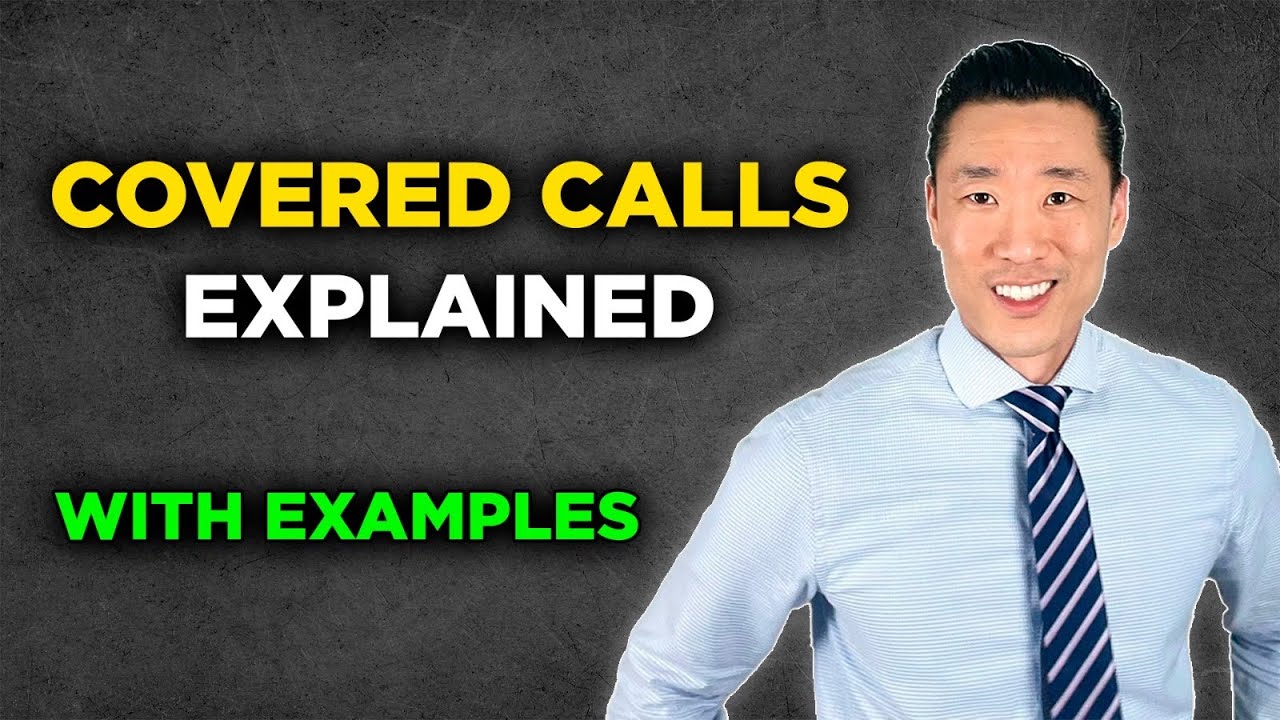Been trading for a while and covered calls finally clicked for me. I thought I would share what I learned since it took me a while to understand.
Basically, you own 100 shares of a stock and sell a call option against it. You collect premium upfront but cap your upside if the stock goes up.
It’s like renting out your shares for income. It works best with stocks you are okay holding long term.
Weekly options provide more flexibility than monthly options for covered calls.
Had a similar experience with Apple last year. Sold calls thinking I would easily pocket premium money.
The stock soared 12% post-earnings and I lost my shares. Missed out on $800 in gains for just a $45 premium.
Now I only sell calls on stocks I am truly okay with letting go at that strike.
Go for delta over premium size. Target 0.20-0.30 delta calls. Lower delta means less assignment risk. Track annualized returns, avoid focusing solely on monthly premiums.
Good summary of covered calls. Assignment risk is a real concern if the stock price exceeds your strike price and you may have to sell your shares.
Many focus on premiums but overlook the potential obligation to part with their stock if the call gets exercised. This strategy suits scenarios where you anticipate minimal movement or gradual increases in stock price.
Timing is crucial. Avoid writing calls shortly before earnings announcements due to possible volatility, which can quickly push the stock above your strike price.
Covered calls work great if you pick the right strikes. I go 30-45 days out and target strikes 5-10% above current price. You get decent premium but still have room for upside.
Treat it like a business - you’re collecting monthly rent on your shares. Stick with solid stocks you’d hold anyway, not junk just because the premiums look juicy.
This video explains the mechanics really well:
Roll your calls up and out if the stock gets too close to your strike. Don’t just let good shares get called away.
